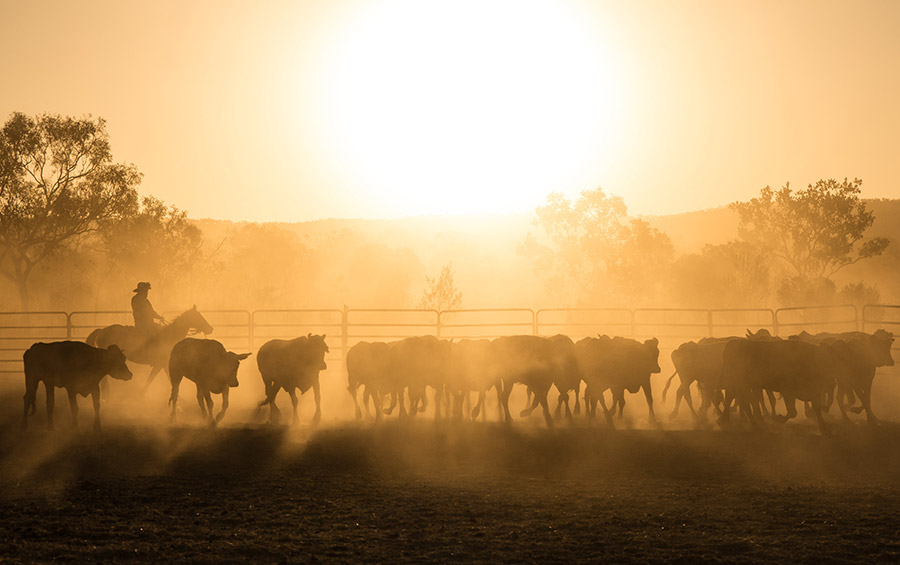Nikki Weston named President-Elect of the American National CattleWomen
Article and photo courtesy of American National CattleWomen
ORLANDO – Utah CattleWoman, Nikki Weston has been named the American National CattleWomen (ANCW) President-Elect. Weston, of Randolph, UT., was named to the position at the 2024 Cattle Industry Convention in Orlando, FL, Jan. 30, 2024. Over the next year, Weston will support the initiatives of the ANCW along with fellow officers President, Ruth Coffey of Oklahoma and Vice-President, Casey Matzke of Texas.
Nikki Weston’s first experience with the American National CattleWomen was a Region VI meeting in St George, Utah. She loved the passion for agriculture and the bond of sister ship she felt there. She joined the Utah CattleWomen and helped establish the Utah Beef Ambassador Program. Nikki and her family own Winecup Cattle Co., a working ranch going back seven generations that runs a Black Angus cross cow-calf operation in Northern Utah and South Eastern Idaho.
Nikki has served as the Vice President of the ANCW, the interim Collegiate Beef Advocate Advisor, the Region VI Director of ANCW, the Past President of the Utah CattleWomen Association, and is serving on the Utah Beef Council.
Nikki has a B.S. from Utah State University in Biology/Public Health with emphasis in Industrial Hygiene and a Chemistry minor. She has experience teaching science and health at Rich High School. She is married and the mother of five beautiful children and two grandchildren.
American National CattleWomen is a voice for women who share a passion for the beef community with focus areas in beef promotion, education and legislation. For more information, visit www.ancw.org.



